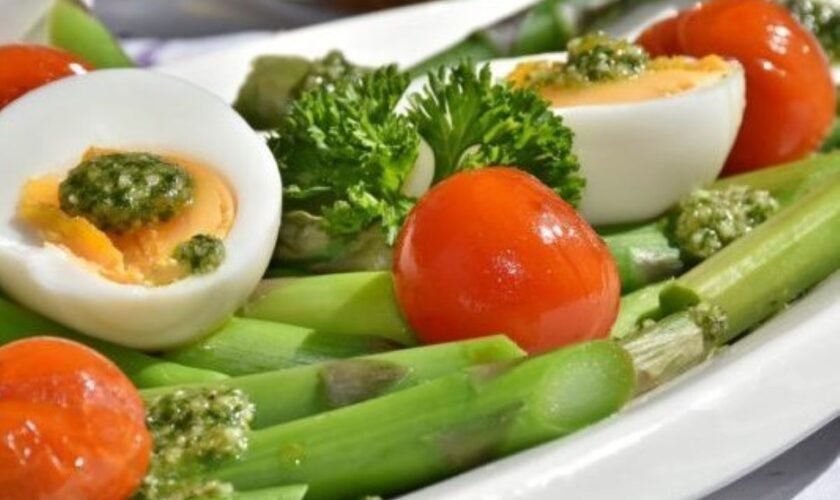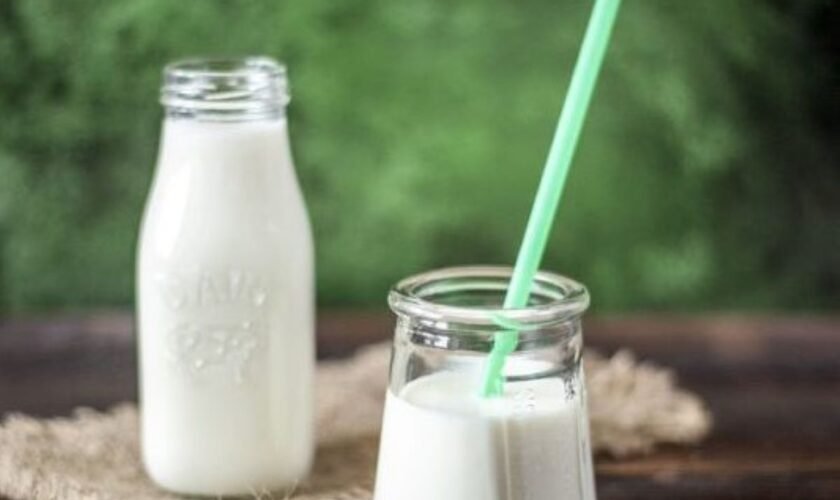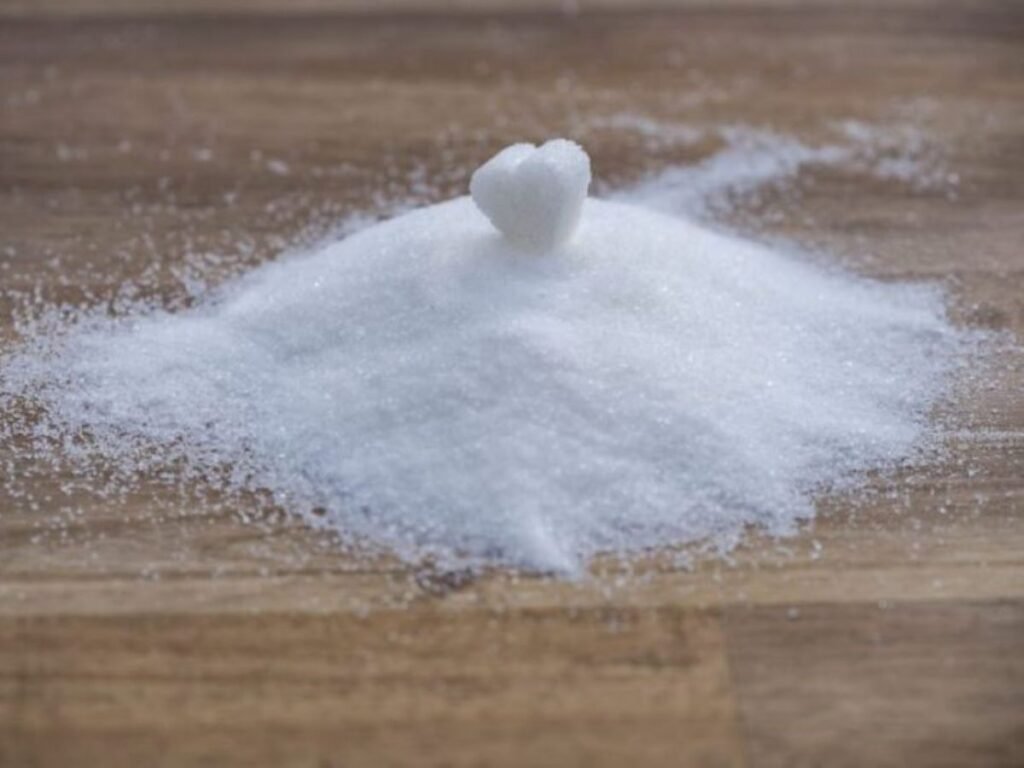Month: March 2019
After years of trying a multitude of diets and continuing my search for one that will finally give me the results I want, I learned about the keto diet. I did my due diligence to […]
A quick and easy low carb dinner roll with perfect crumb structure and chewiness. Delicious!
Enjoy this refreshing beverage alone or with high fat meals to help with digestion.
Ever since I began my weight-loss journey, one thing I quickly realized was that I would have to give up flour – wheat flour to be exact. The easiest thing for me to have […]
A thick, creamy, delicious, concentrated homemade coconut almond milk. You can dilute as much as up to 1:4 with water and you will still have a creamy and healthy beverage for use in any way you like.
If you’ve ever had the pleasure of tasting authentic Caribbean cuisine, you know that Curry Goat or Lamb is a true standout dish. Rich, flavorful, and full of spice, it’s the kind of meal that […]










